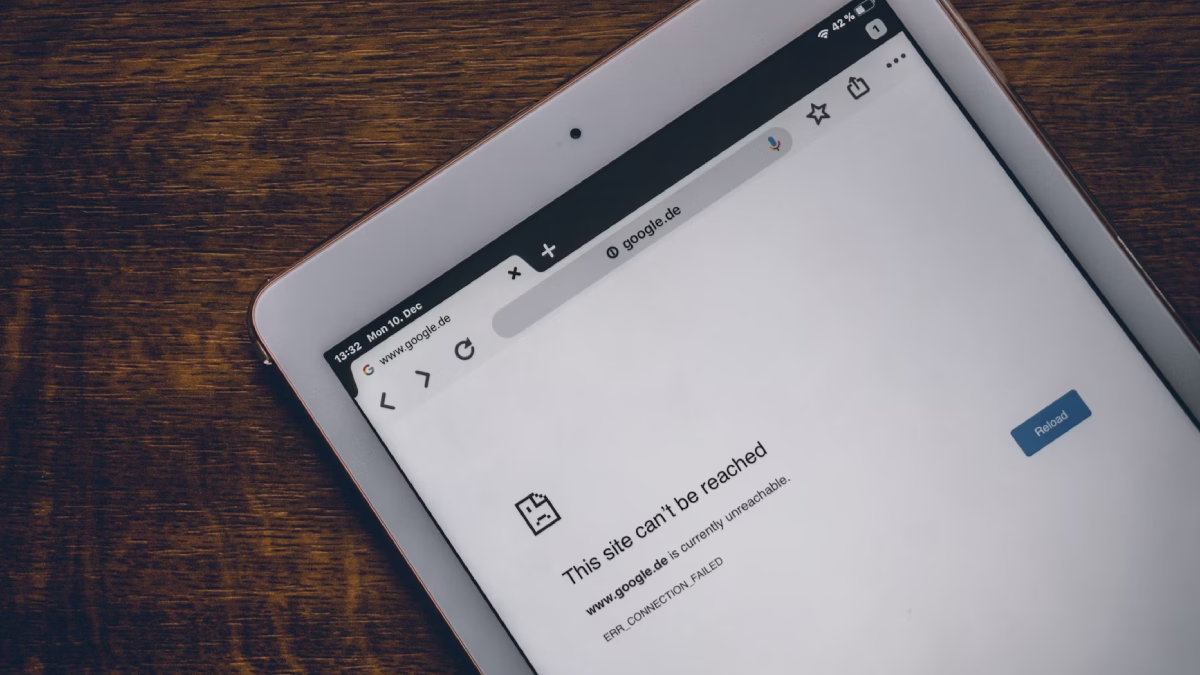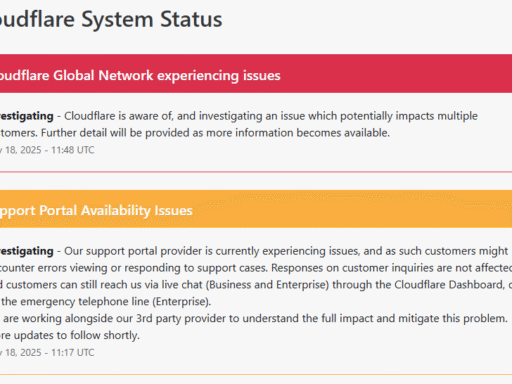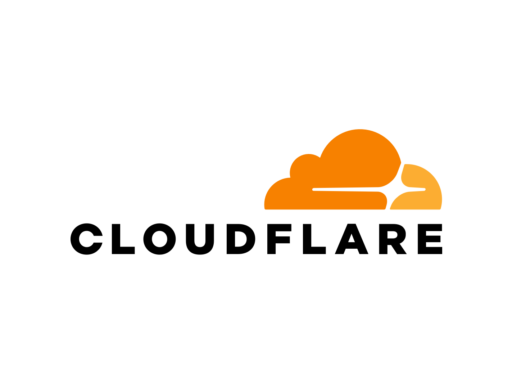The Cloudflare outage has affected a major part of the internet, taking down several popular services and websites that rely on Cloudflare’s services. Although Cloudflare has been working proactively behind the scenes to get its services back up and running, the issue highlights the reality of modern web and its over-reliance on a handful of cloud service providers for basic functionality.
Initial reports of the outage began circulating in the late hours of November 18, 2025, with users reporting widespread sightings of the “Error 500” – a generic code indicating a server-side problem. Major platforms, including X (formerly Twitter) and Canva, were among those immediately affected. It was also surprising to see Downdetector, a platform for tracking web outages, was unavailable in many regions.
What was even more ironic was that Cloudflare’s status page itself reportedly went offline during the incident, making it challenging for customers and monitors to track the problem in real-time. The status page, however, came back online moments later.
What does Cloudflare do
To understand the widespread impact, we must understand Cloudflare’s role in the grand scheme of the internet. It is not just a typical website host like AWS – it is an internet infrastructure service that provides mission-critical functions to millions of websites and online applications globally.
Cloudflare operates a Content Delivery Network (CDN), which essentially copies a website’s content and stores it on servers across the globe. When a user requests a website, the CDN delivers the content from the nearest server, making the site load faster. More importantly, Cloudflare provides crucial security services, including protection against massive Distributed Denial of Service (DDoS) attacks, where bad actors attempt to flood a victim’s server with overwhelming traffic.
When Cloudflare experiences a fault, any website relying on its CDN or security layers instantly suffers. The web traffic either cannot find the content or, encounters the broken link within the Cloudflare system, resulting in the server error messages. Consider it like your city’s main road closing down – the local streets hosting housing and offices are open but nobody can access them.
Why did the Cloudflare outage happen?
While the official revelation of the root cause is still pending, a potential factor being investigated is a period of scheduled maintenance. Cloudflare had posted a notice about maintenance in its Santiago (SCL) data center, cautioning that traffic might be rerouted, potentially leading to slight increases in latency for end-users in that region. Although maintenance is common, a complex system failure during a scheduled adjustment is a known cause for widespread technical glitches.
So far, Cloudflare has confirmed that it has identified the issue and is working on deploying fixes across the world. The last update from the status page read, “We are continuing working on restoring service for application services customers. We have made changes that have allowed Cloudflare Access and WARP to recover. Error levels for Access and WARP users have returned to pre-incident rates. We have re-enabled WARP access in London.”
Is there any way to avoid such major outages?
Considering how complex the internet infrastructure is, such global outages will continue to be a factor of concern. Realistically, it falls upon the web service providers to ensure that maintenance teams are available 24×7 to fix any emerging issues at hand. As more companies outsource core components – speed, security, and content delivery – to third-party giants, a single point of failure like Cloudflare has the power to temporarily take out huge segments of the digital world. The reliance on these central points means that even a minor internal configuration error can translate into a global blackout for users and businesses.







